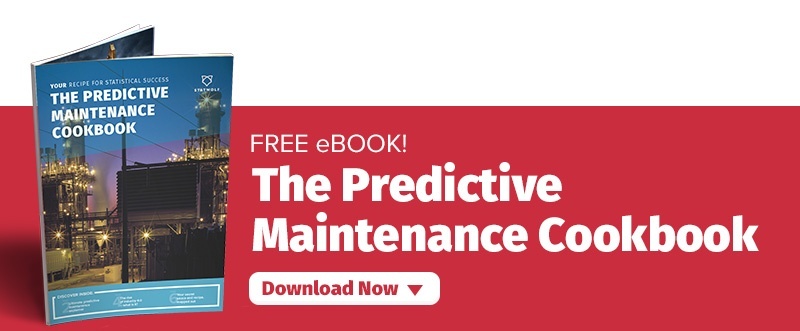How data science is revolutionising retail
Traditional brick-and-mortar has seen its fair share of evolution, first with ecommerce and then with omnichannel. On the back of strong growth, retail industry leaders won’t be waiting in line anytime soon to return the technological progress they’ve made.
Retailers who latched onto the trends when they were in their infancy saw profits soar and quickly found themselves in a league of their own, with rivals facing a steep climb.
Now, data science has emerged as the newest competitive advantage that’s helping to prop up an estimated $27.73 trillion valuation in 2020, according to Statista. Indeed, data science is giving retailers a competitive edge in an industry mired in disappearing profit margins.
Artificial intelligence’s influence grows with NLP
In retail – perhaps more so than any other industry – it’s all about the consumer. Great customer service, both to help people find the items they’re looking for and to field complaints, has helped ecommerce companies like Amazon stay on top in a tough market with little product differentiation.
Big investment is going into AI-powered digital assistants that use natural language processing (NLP) to field questions, evaluate feedback and give trusted opinions in a bid to improve retailers’ range and capabilities.
Sentiment analysis is helping companies better evaluate questionnaire responses too. Nordstrom, an American retail chain, leveraged NLP and text categorisation to sift through piles of physical and digital comments and letters from customers, which allowed the company to review how its services are falling short and where it can make improvements.
The AI picked up that shoppers had a difficult time finding help in areas where employees weren’t required to wear a uniform or nametag. In response, the business had its staff wear brightly coloured clothes so they could clearly stand out. The organisation subsequently saw a 30-point increase in sales that were aligned with the improvement.
Personalised shopping courtesy of data analytics
We all have that friend we go to for shopping advice – but soon enough, you won’t have to look further than your smartphone for the same input.
Chatbots are growing in popularity and their services hinge on a variety of data science applications, such as NLP, to understand questions, and machine learning to respond to them. At the moment chatbots are largely limited to answering frequently asked questions, but their functionality is set to extend to personalised shopping.
By gathering and analysing data on shoppers, and correlating their purchase history with a large database of consumers, AI-powered digital assistants can provide recommendations that are likely to match users’ preferences. This type of personalised shopping is already being used in other formats – for example, how Netflix always seems to know the type of shows you’ll like.
The technology hinges on the development of NLP and its ability to understand users’ questions. Once the AI is able to process text as a language – as opposed to as data – and contextualise what’s being said, the platforms will be the status quo for nearly every retailer invested in data science.
Predictive forecasting: How Macy’s uses it
Retailers all over the world are already using Big Data to provide transparency into their inventory and to get a clear picture of the factors that motivate shoppers. Macy’s, an American retail chain, took it one step further by applying predictive analytics to forecast supply and demand for stock.
One of the functions of AI is its ability to process vast sums of structured and unstructured data. Macy’s has built statistical models that pull from shopping history, weather patterns and other pertinent variables to try and optimise inventory levels.
The result was a nearly immediate 10 percent increase in physical store sales. But this isn’t the only type of forecasting being deployed.
Personalised pricing might make an appearance in 2018 too. The method uses models to predict the best price points to offer ecommerce shoppers based on where they are in the buyer lifecycle, the shopper’s tendencies and the time of year.
It’s a gamble – but like any tech advance, it’s one that could potentially pay dividends to retailers.
Apply data science to stay ahead of the curve
Data science is revolutionising the retail industry and there’s no end in sight to the innovation it brings to the table.
Statwolf’s data science platform allows businesses to harness the power of analytics so they can stay competitive with powerful predictive models and AI.
Contact our team today to set up a free consultation.



